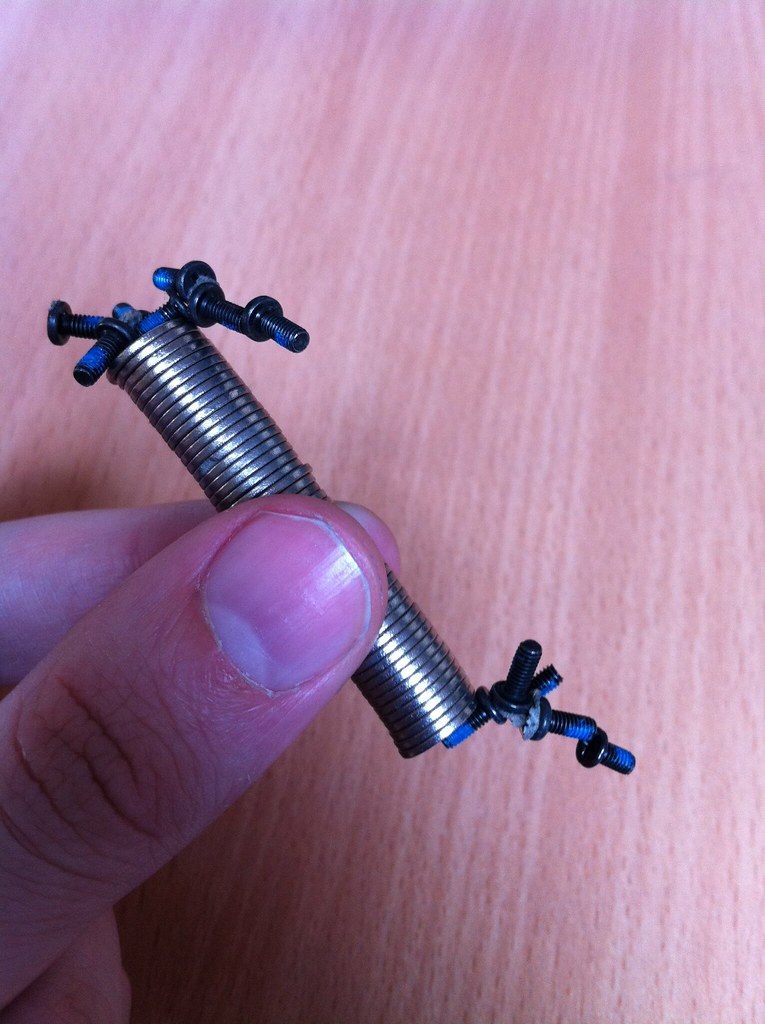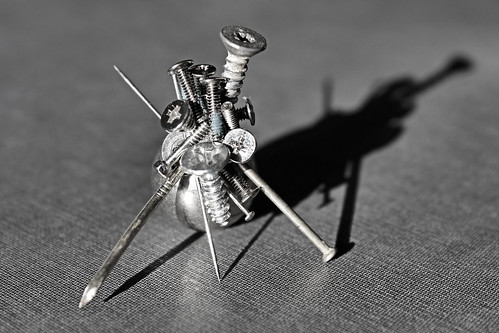Why can’t hot iron magnet attract iron?
I understand the magnet’s iron-suction principle, but have you done this experiment? If the hot magnets are heated, will they still attract iron? Is there any more magnetism? Experiments show that, after magnet red burning, it immediately loses magnetism. That is why?
We know that magnets are magnetic because inside the magnet are many magnetic domains are aligned in the same direction. When the iron nails were near the magnet, magnetized by the magnet’s magnetic field, they also turned into “small magnets.” Their different magnet attracted each other. The magnet immediately grabbed the nail.
But, as the temperature rises, the thermal motion of the molecule in the magnet increases sharply. At that time, the magnetic domain arrangement was irregular, swaying back, front, left, right, each region turned from free to scattered, gradually leaning back into the state of disorder, resulting in the word. When the magnet is reddened, the temperature rises to a certain value. The thermal motion of the molecule violently causes the magnetic field to return to a completely disorderly state. The magnet immediately loses magnetism. Physicists call the ferromagnetic temperature completely magnetic less “the Curie temperature”. Curie temperature of steel is 769 ° C.

Now you understand why the red magnet does not attract iron. Along with the same principle, if the opposite causes a red iron nail to heat up, the magnet won’t attract it. In steelmaking plants, people use an electric crane to lift cast iron materials and put them into a steel furnace. Still, it’s okay to use an electromagnetic crane to bring the newly ingested steel to another place. On the electromagnetic crane, there is a huge electromagnet. Taking advantage of cast iron electromagnet certainly does not matter, but for ingot steel that has just hardened, it’s helpless. Because the temperature of the ingot steel at that time was as high as 1400 ° C, even though it cooled slightly, in a short time, there were also temperatures above thousand degrees Celsius, far exceeding the Curie temperature of iron and steel. The ingot steel lost its ferromagnetism. The inside doesn’t care about the magnetic field of the electromagnet; each one is still very alive. An external magnetic field does not magnetize ingot steel The only way to use the wheels to move the newly ingot steel.
In fact, in addition to high temperatures can damage the ferromagnetism, intense shock, high-frequency magnetic field will also weaken the magnet’s magnetism.




